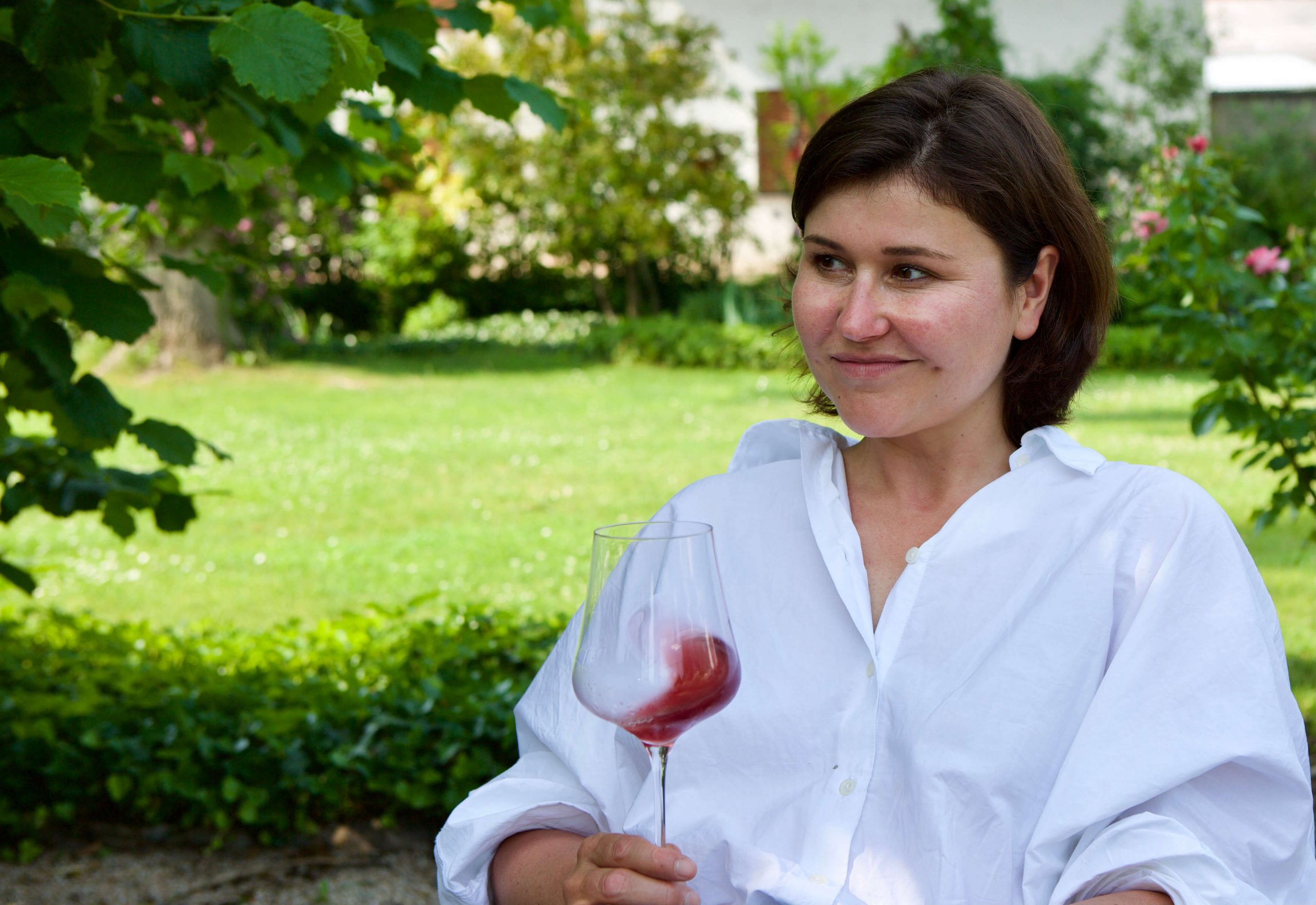
We started our collaboration last year with Katharina Wechsler’s remarkable 2019 vintage of dry Rieslings from the Rheinhessen’s heartland, Westhofen. 2019 is considered one of the great vintages of recent years. Its high acidity, perfectly matured phenolics and low yields for concentration make for wines that will age very well, and that will also need time to open up once the cork is pulled or a much longer time in the cellar. Katharina began the harvest of her 2020 Rieslings on September 14th, though most of the top sites—the crus that have just arrived—were mainly collected at the end of the month. She explained that in the middle of September nighttime temperatures dropped, allowing the grapes more time on the vine to further develop their aromatic complexities. While the praise is greater for 2019, she believes that 2020 is more balanced overall because of the even crop load and slightly lower degree of acidity, though the acidity is still high. All in all, there may be a better fluidity to her 2020s than 2019—better for today’s market that probably drinks 95% of all of these wines within the first few years of their arrival.
At the end of the month, Katharina will be making the rounds showcasing her top cru Rieslings.
Katharina’s Big Three
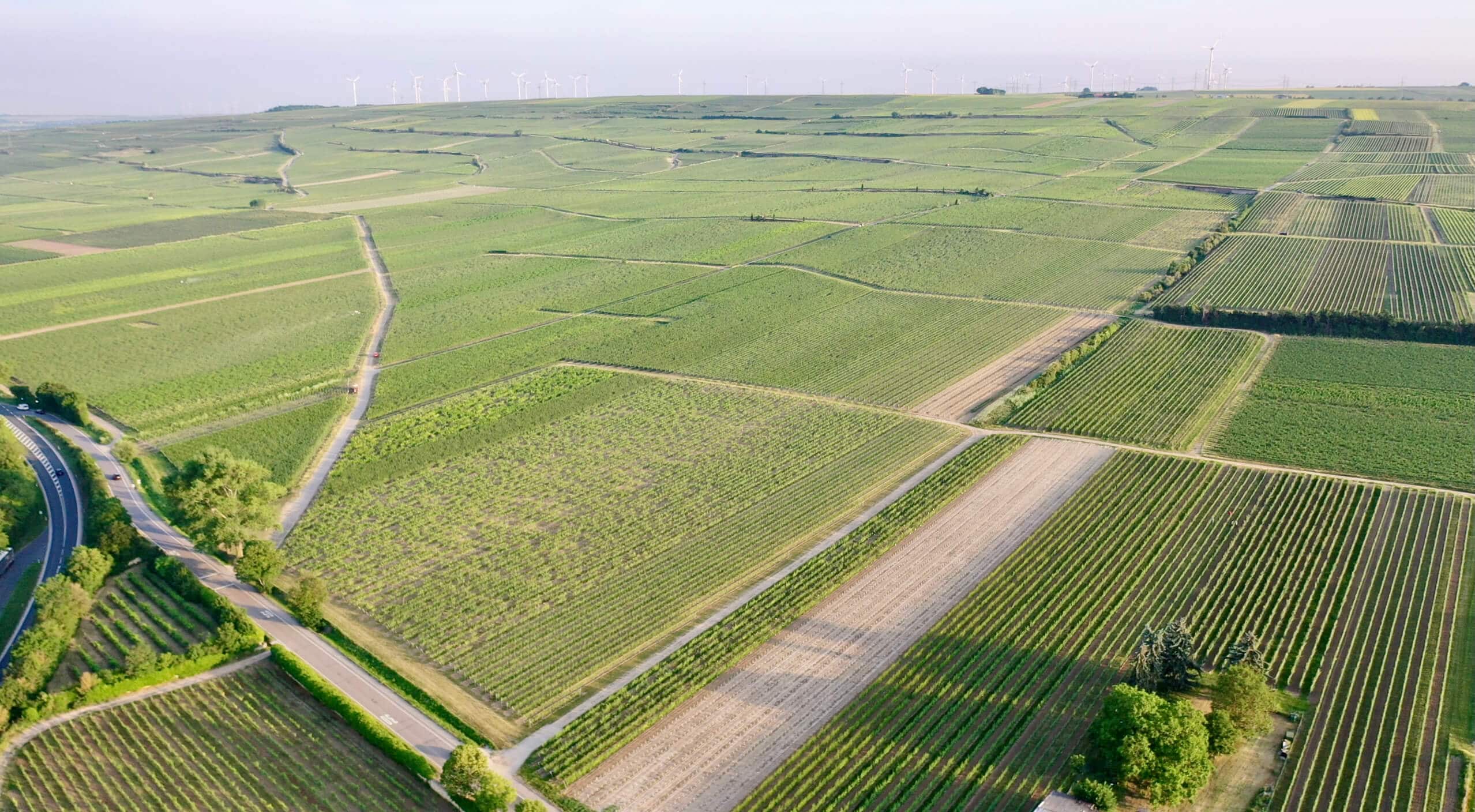
Benn, the family’s tiny monopole vineyard site, has perhaps the most diverse plantations of all her vineyard parcels. It’s her biggest section and has the greatest variation of bedrock and topsoil as well as grape varieties. The warmest of Katharina’s three important crus, it’s composed mostly of loess topsoil in the lower parts that sit as low as 120m, and limestone in the upper part, peaking around 160m. Quality Riesling vines are preferential to suffering, which is why it is in the lower sections where much of the non-Riesling are planted. The 50-year-old Riesling vines, particularly those used for Wechsler’s top-flight trocken bottling, are planted in limestone bedrock and limestone and loess topsoil toward the top, not too far away from the bottom of Morstein. Notably, the old vines produce an annual average of nearly 25hl/ha (1.33 tons/acre), and the young vines used for the estate trocken wine 65hl/ha (4.33 tons/acre)—almost a 1:3 ratio; you can imagine which vines are used for the top wine.
The quality of Riesling generated from Benn is noteworthy, but there’s no doubt its current highs at the Grosses Gewächs level (while it isn’t classified as a GG wine, nor is Katharina in the VDP) are not yet the same level as Kirchspiel and Morstein. That said, Benn is still being discovered by Katharina. To this taster, Benn produces a substantial Riesling and it has very impressive moments, especially with more time in the glass. When the others shine so brightly in their own individual way, Benn has been upfront but somehow still a slower burn. The material for potential greatness is unquestionably in the wine’s interior, but it often needs a little more time open and perhaps more cellar aging too, to fully express itself on a level similar to Kirchspiel and Morstein. You can read a more exhaustive account of this vineyard and the others on Katharina’s profile on our website (here).
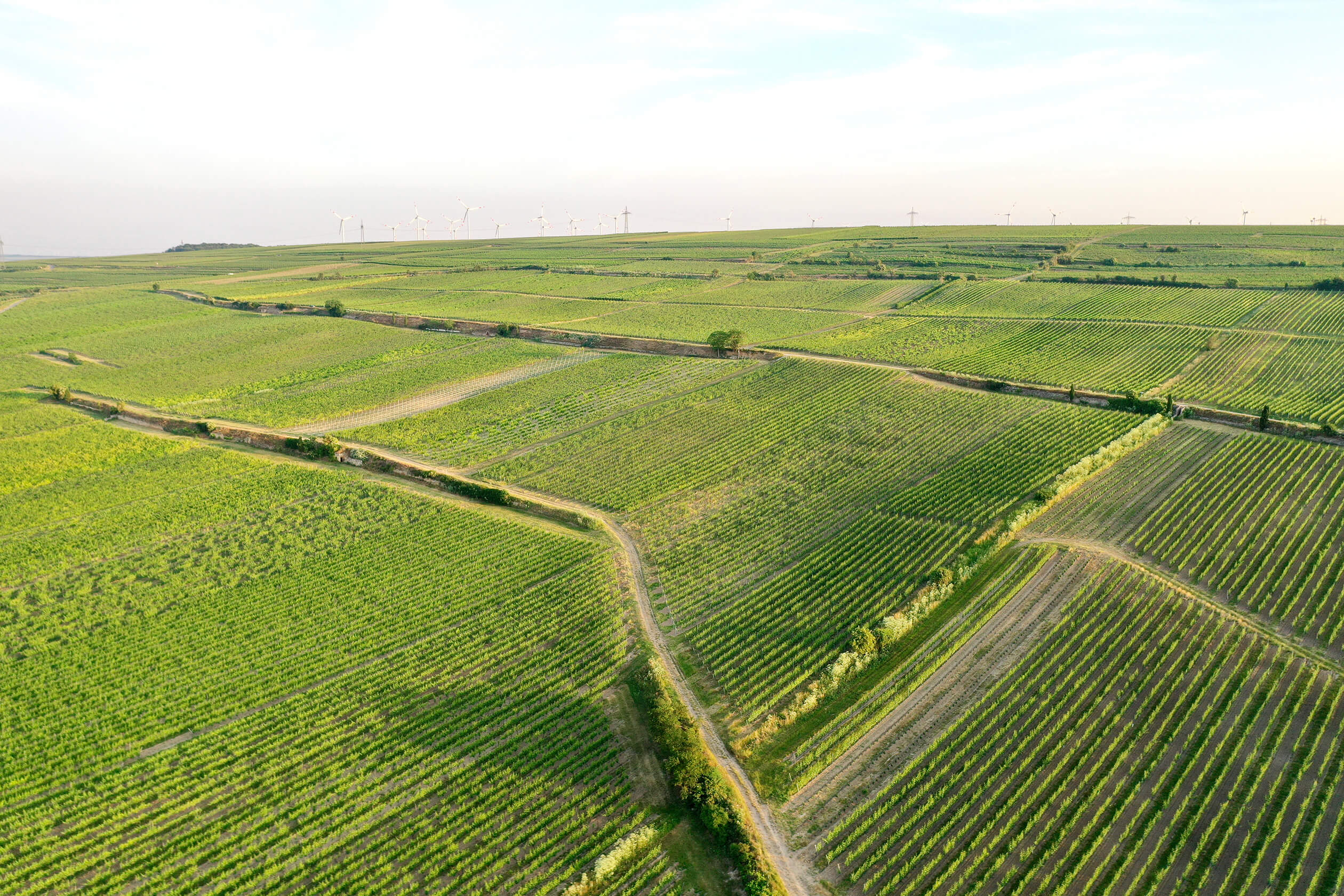
Kirchspiel is a great vineyard and screams its grand cru status (Grosses Gewächs) upon opening. It’s always the readiest out of the gates—in the range of other growers as well—and for many reasons such as its amphitheater shape that faces the Rhine River (but still roughly five miles away by air to the closest point) with its southeastern exposure an average of around a thirty percent gradient, with bedrock and topsoil composed of clay marls, limestone and loess. It’s warmer than Morstein because of its lower altitude (between 140m-180m) along with the curvature of the hillside that allows it to maintain greater warmth inside this small topographical feature that shelters it from cold westerly winds. Katharina has three different parcels in this large vineyard with reasonably good separation, giving the resulting wines a broader range of complexity and greater balance.
The three different parcels were planted between the years 2000 and 2015 and the average yield between them ranges from 40hl-60hl/ha (2.67-4.0 tons/acre), with some of the fruit slotted for the Estate Riesling Trocken and the Feinherb Riesling Trocken, the top quality lots (which doesn’t always have to do with yield, but rather specific parcels that naturally excel beyond others) for the Kirschspiel Trocken, and the difference for the Westhofner Riesling Trocken. The youth of these vines is on display with the resulting wines and their vigorous, energy-filled, fruit-forward personalities that balance the mouth-watering, mineral-rich palate textures and aromas. Kirchspiel is a leader in the range of all who have Riesling vines in this gifted terroir, and it’s considered one of the country’s great dry Riesling sites.
Morstein, Rheinhessen’s juggernaut limestone-based, dry Riesling vineyard is—even with vines only replanted in 2012—the undisputed big boy in Katharina’s dry Riesling range. It’s one of the vineyards that first made Klaus-Peter Keller famous (I believe the other was Hubacker), and from what KP told me some years ago, it’s also the principal location for his G-Max Riesling (the precise location of which he won’t openly disclose now because some years ago some overindulgent visitors were made privy to its location and later stole a bunch of the grape clusters!). Katharina’s Morstein vines are massale selections from the Mosel and have smaller, looser clusters with naturally low yields, even from the young vines.
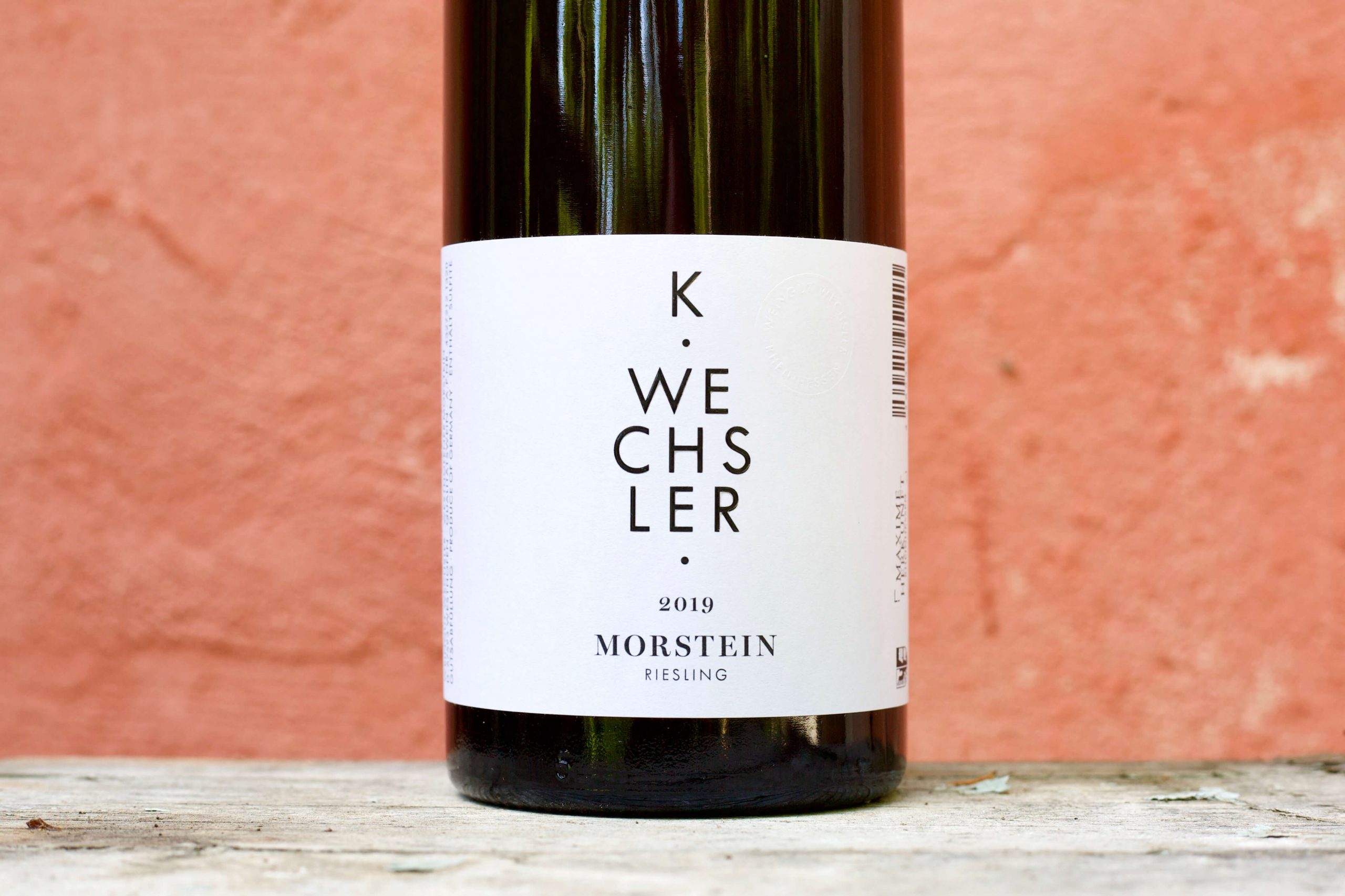
A mere pup by the standard of vine age, Morstein is formidable. And while it’s not as flashy out of the gates, it picks up serious power and expansive complexities that seem to know no end. There are many top wines in the range of the world’s great producers that behave similarly. Take the slow burn once the corks are pulled on Armand Rousseau’s Chambertin compared to the all-out charge of their crowd-pleasing Charmes-Chambertin; Cavallotto’s Riserva Barolos, with the long-game, Vigna San Giuseppe, that trounces after hours open, versus the upfront Vignolo that has a smaller window of greatness; Veyder-Malberg’s greatest pillar of Riesling purity and deep power, Brandstadtt, next to the ready-to-go Bruck; Emrich-Schönleber’s regal Halenberg on blue slate versus the friendlier Frühlingsplätzchen spurred into immediate action from its red slate. Morstein is no rapid takeoff F-15 fighter jet with instant supersonic speeds. It’s a rocket ship with a slow initial takeoff and a steady climb that reaches 17,000 mph before entering orbit.
Morstein faces south and rises to a high plateau of around 240m with a 20% gradient (a slope hard to understand from a distance but more evident when standing in the vineyard), all on limestone bedrock. The topsoil is referred to as terra fusca (black earth), a soil matrix of heavy brown clay. Its low to medium topsoil depth (by vinous standards), combined with limestone fragments from the underlying bedrock limits its ability to store water than Katharina’s other main sites. Its root penetration into the subsoil is also a more difficult challenge, giving the Riesling vines the much-needed stress to regularly pull off peak performance. These young vineyards yield between 35hl/ha and 55hl/ha (2.3tons/acre to 3.7tons/acre), relatively low numbers for young vines that demonstrate Morstein’s spare vineyard soils.
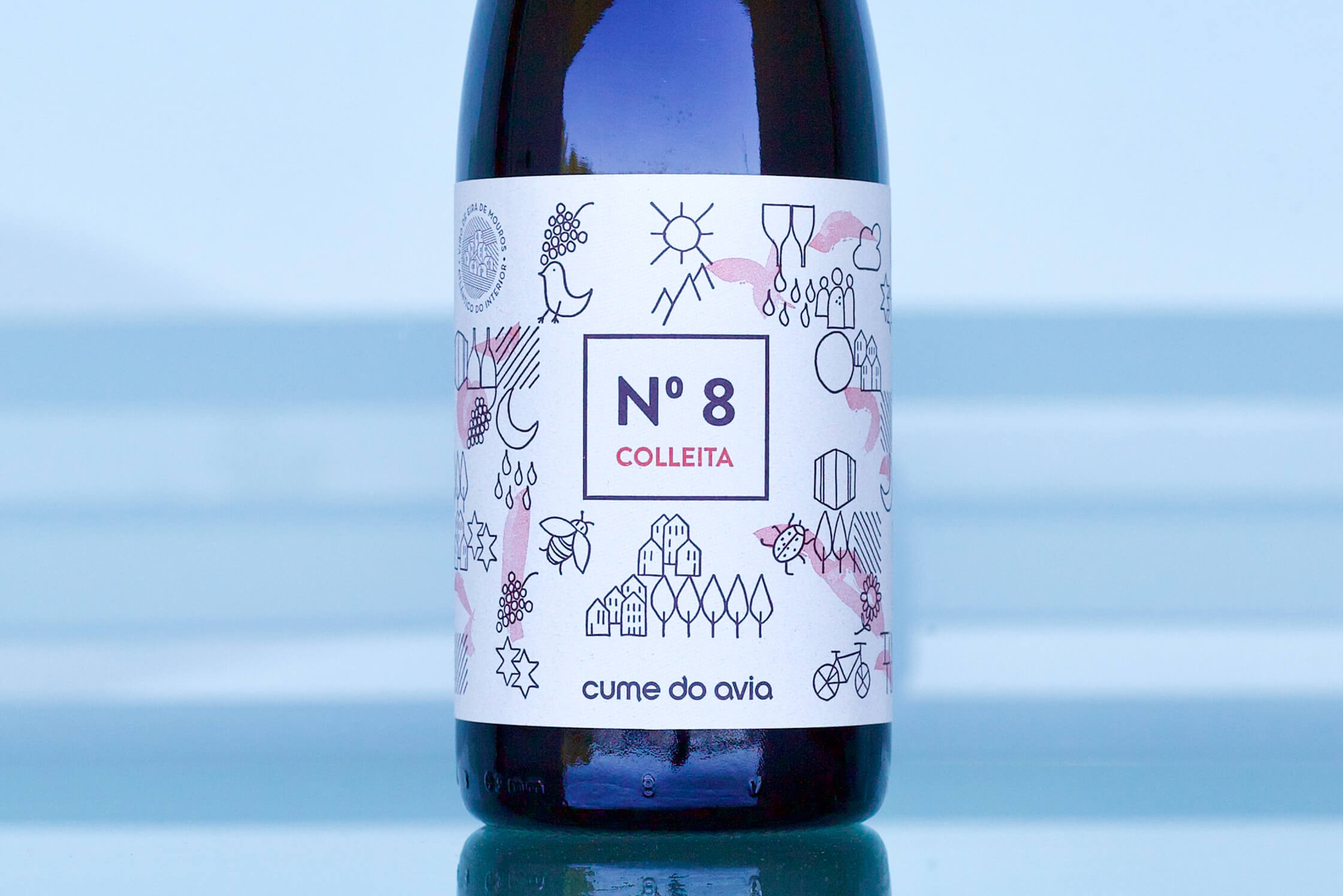
The stress of each year at Cume do Avia pays dividends on the final wines. Every year, brothers Diego and Alvaro Collarte, and their cousin, Fito Collarte Pérez, enter the ring with Mother Nature to take her punches. They’re pummeled with frost, mildew, disease, and hail—everything! 2021 was no exception, but a complete opposite from the previous year, except that they had about the same 50% losses in overall yield. They may get beat up pretty badly but they still manage to win, and each year is another hard-earned uptick in the overall quality of their wines.
Vintage 2020 & 2021
2020 was a dry winter followed by a rainy and cold spring, and fifty days straight summer sunshine before a wet fall. 2021 had a wet winter, late budbreak and dry spring, wet and rainy summer, and a dry autumn. 2020’s losses were mostly due to bad flowering, while 2021 was mostly due to mildew during the fruit season. Diego pointed out that even though the losses were 50% in each year, they were at about 25% of the production capacity of their vineyard when all the young vines will begin to produce to their potential. With this, you can imagine the amount of work they do each season for such meager yields.
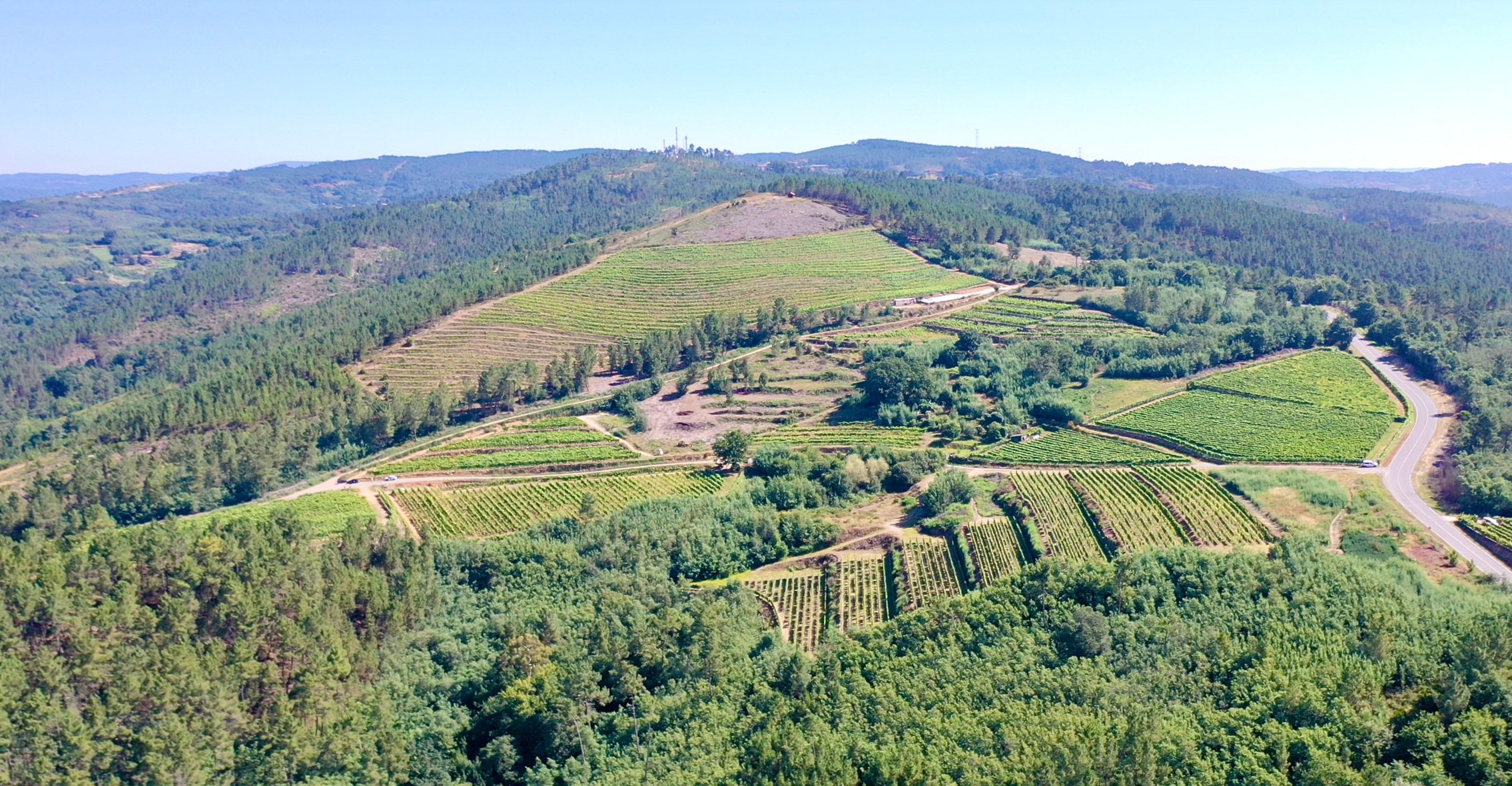
Especially notable in 2021 was the high level of humidity from the daily fog that only encouraged an explosion of mildew pressure and a severe selection through periods prior to the final harvest. Under organic culture, this is especially difficult. For varieties that need a longer growing season, like Sousón, Caíño Longo and Caíño Redondo, it was imperative to pull them earlier than they wanted. It’s for this reason that they were not made into single-varietal bottlings but instead were all blended into the Colleita 9 Tinto, just like their 2020 estate reds. Stylistically, the 2020s are more structured and 2021s are sharper and more angular.
2021 Wines
Arriving are their two bottlings from the Arraiano estate, owned by another extended family member but farmed by the Cume do Avia team. These Arraiano wines are usually a little fruitier than the Colleitas. It’s another year where they skipped the single varietal bottlings because of the devastating low yields. 2022 will again have the full range of goodies in single-varietal form. In the meantime, we get to take advantage of having all their best materials from each vineyard area blended into a single wine.
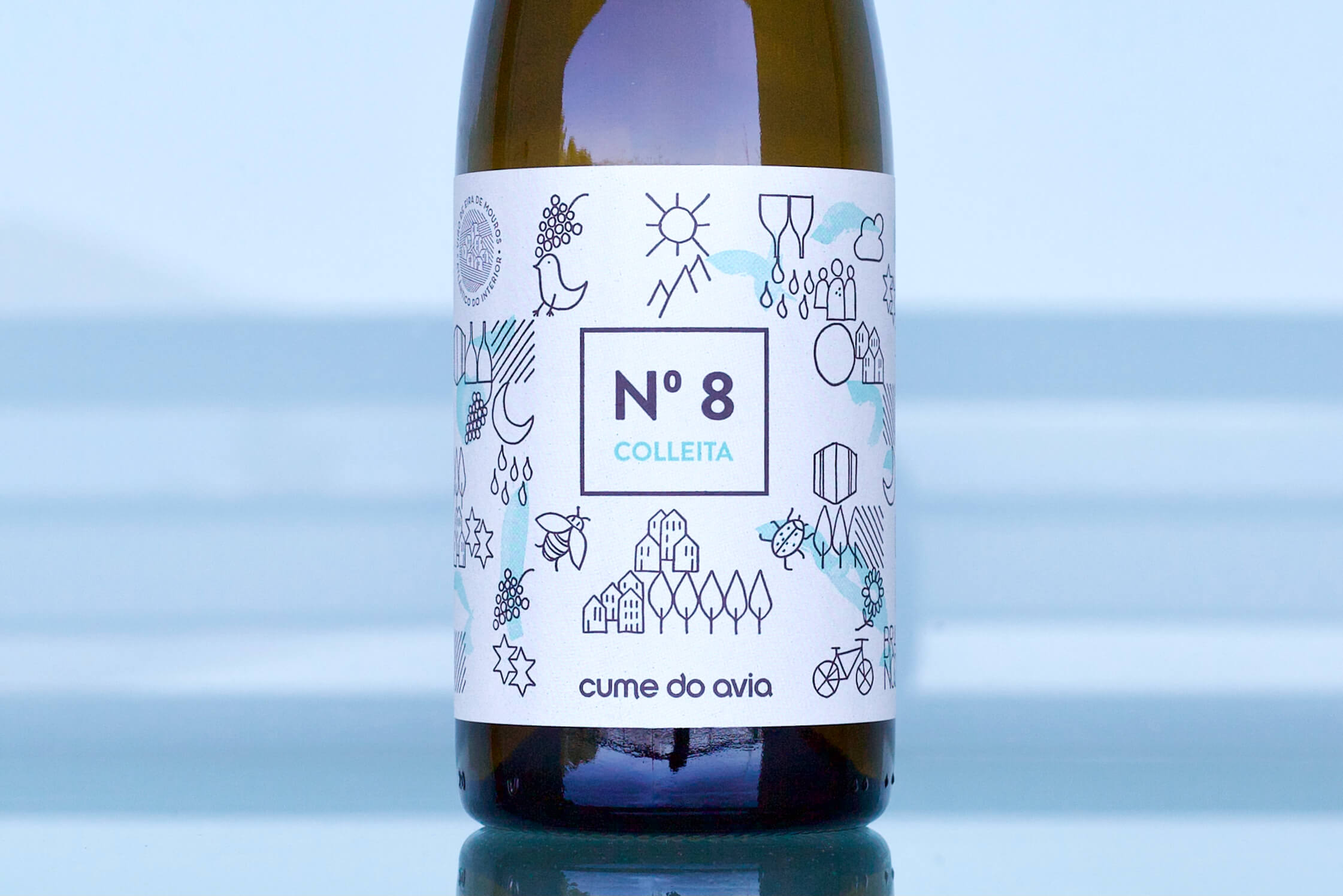
The Arraiano Branco is 59% Treixadura, 15% Albariño, 13% Godello, and 13% Loureira. Colleita 9 Branco is 53% Treixadura, 29% Albariño, 10% Loureira, 5% Lado, 2% Caíño Branco and 1% Godello. Treixadura has a medium to low acid profile with a more herbal, floral, and white, non-citrus fruit notes, the supporting cast of other grapes are all of much higher acidity, with stronger citrus characteristics and more taut stone fruit qualities to give these wines some punching power and a little more fruit. Both the wines are aged in stainless steel vats.
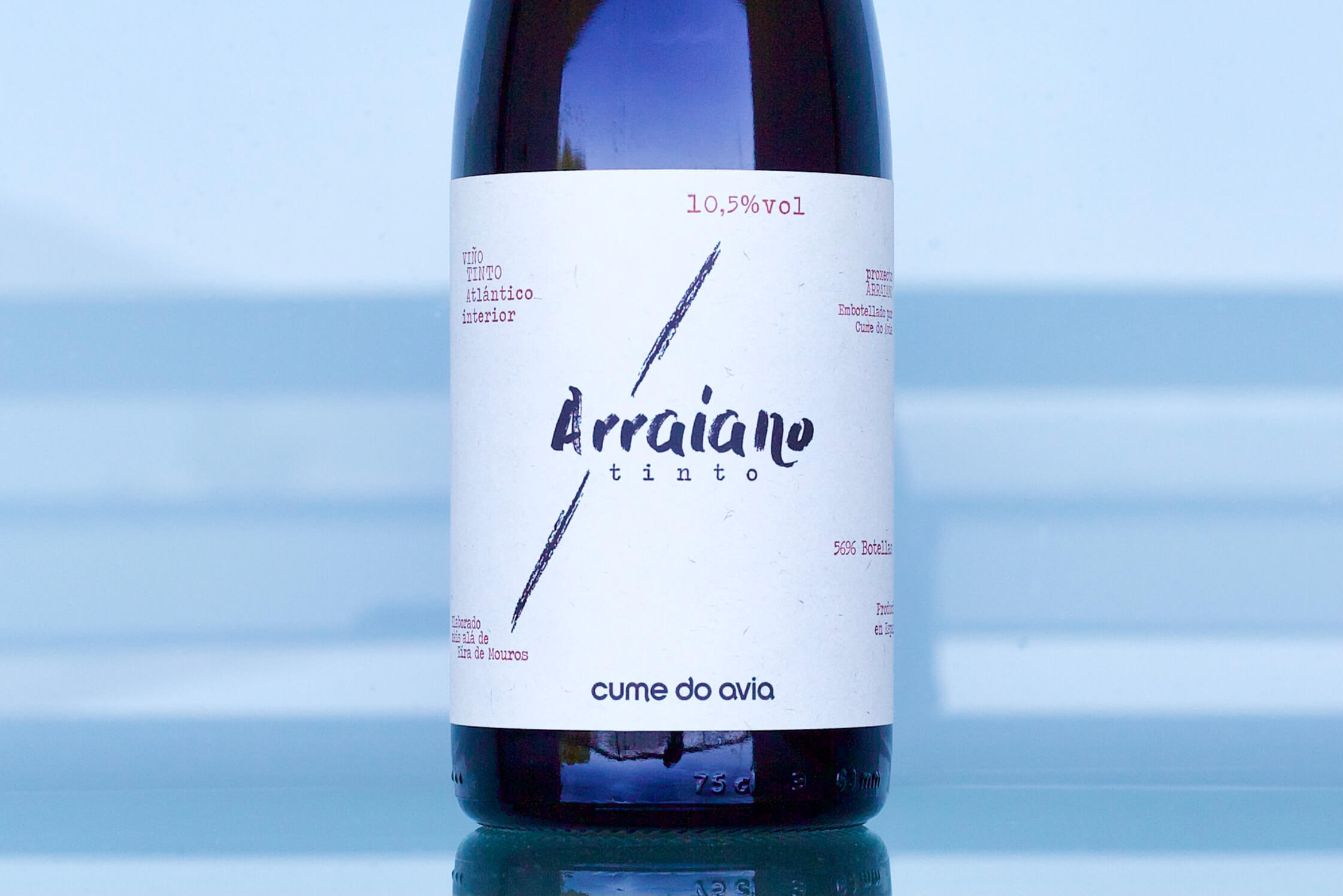
Both reds are aged in large, restored chestnut barrels (some nearly 100 years old) and very old, medium-sized oak barrels. Every vintage the Arraiano Tinto comes from the same plot (as does the white) and is almost always the same blend of 60% Caíño Longo, 13% Sousón, 10% Mencía, 9% Brancellao, and the remaining 8% a mix of Mouratón (Juan García), Merenzao (Trousseau) and Garnacha Tintorera (Alicante Bouschet; not the same grape as Grenache/Garnacha). The dominance in Arraiano Tinto with Caíño Longo makes a wine with perhaps a touch more tension and red fruit compared to Colleita 9 Tinto.
In top years, Colleita 9 Tinto is a blend of grapes that don’t make the single-varietal bottlings (Caíño Longo, Brancellao and sometimes Sousón). That’s what makes the 2020 and 2021 bottlings of this wine so special—they have all the best stuff from each harvest! It’s a blend of 28% Sousón, 27% Caíño Longo, 24% Brancellao, 9% Mencía, 6% Carabuñeira, 4% Merenzao and 2% Ferrón. The Caíño Longo brings some electric thunder, Sousón brings animal, spice, darker color and even more acidity and tannin, and Brancellao softens both of those strong personality grapes with its extremely fine nuance, beautifully balanced freshness and extremely pale color. The others, Mencía brings more fruit, Carabuñeira more tannin and color, Merenzao higher aromatic tones and Ferrón more beast, pepper and inky color.
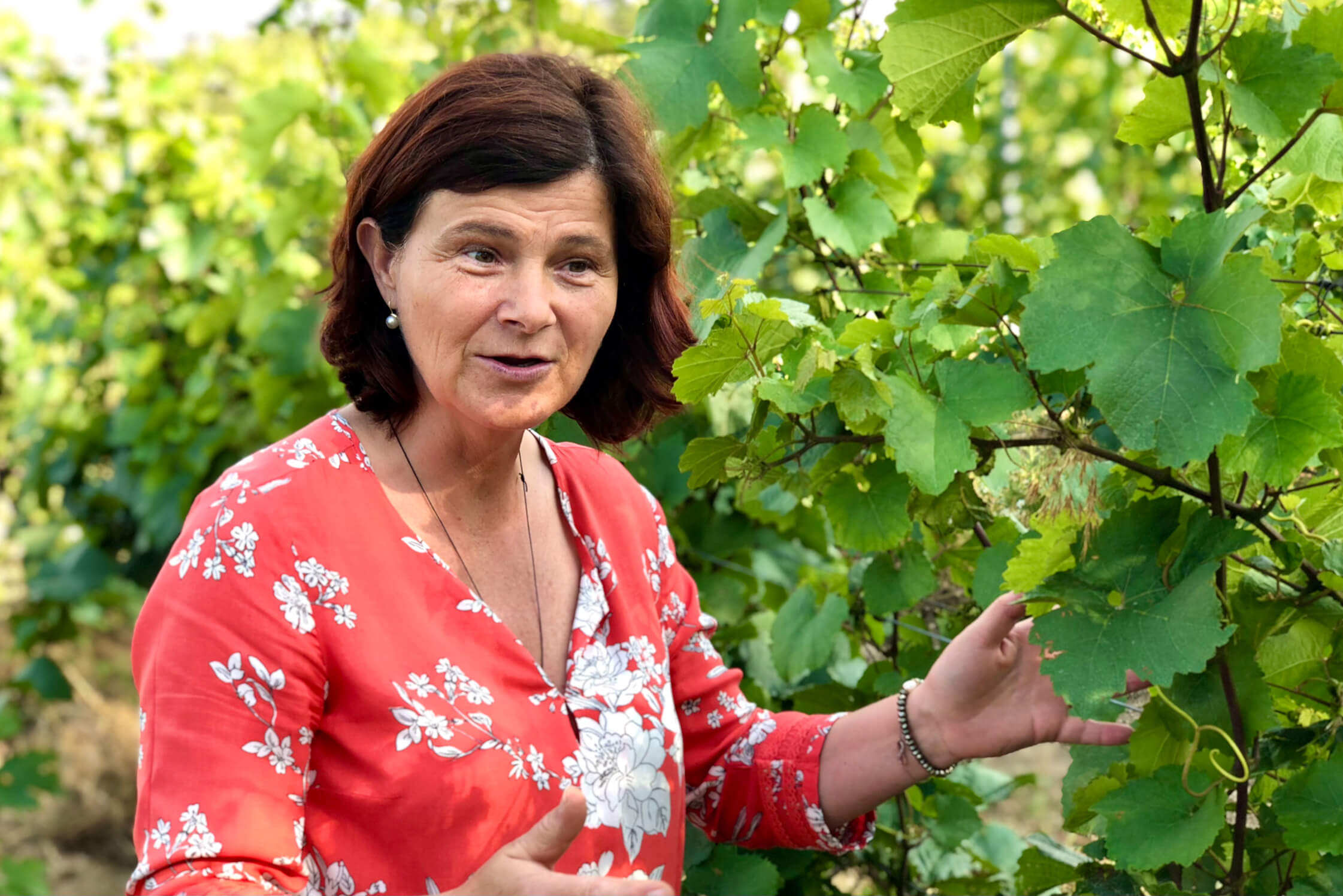
Our biodynamic guru, Birgit Braunstein is on the far eastern side of Austria in Leithaberg, on the north end of Burgenland. Many centuries ago, this region was inundated by Cistercians, the same monks responsible for advances and the preservation of knowledge in Burgundy and Galicia, among other European wine regions. Here the rock types are limestone and schist, no surprise for the monks who had a thing for limestone (Burgundy) and metamorphic rock (a good chunk of Galicia).
Birgit is without a doubt one of the most actively thoughtful producers we work with. Nearly every month a personal email arrives wishing us well and with news and inquiries of how things are going for us. Not only does she farm her vineyards under biodynamic culture (Demeter certified), she lives that same culture in her daily life. A single mother that raised her two twin boys alone since birth and who are now running the winery with her, she’s a bit of an angel and she reveres everything around her, including you. She’s our Austrian Mother Goose.
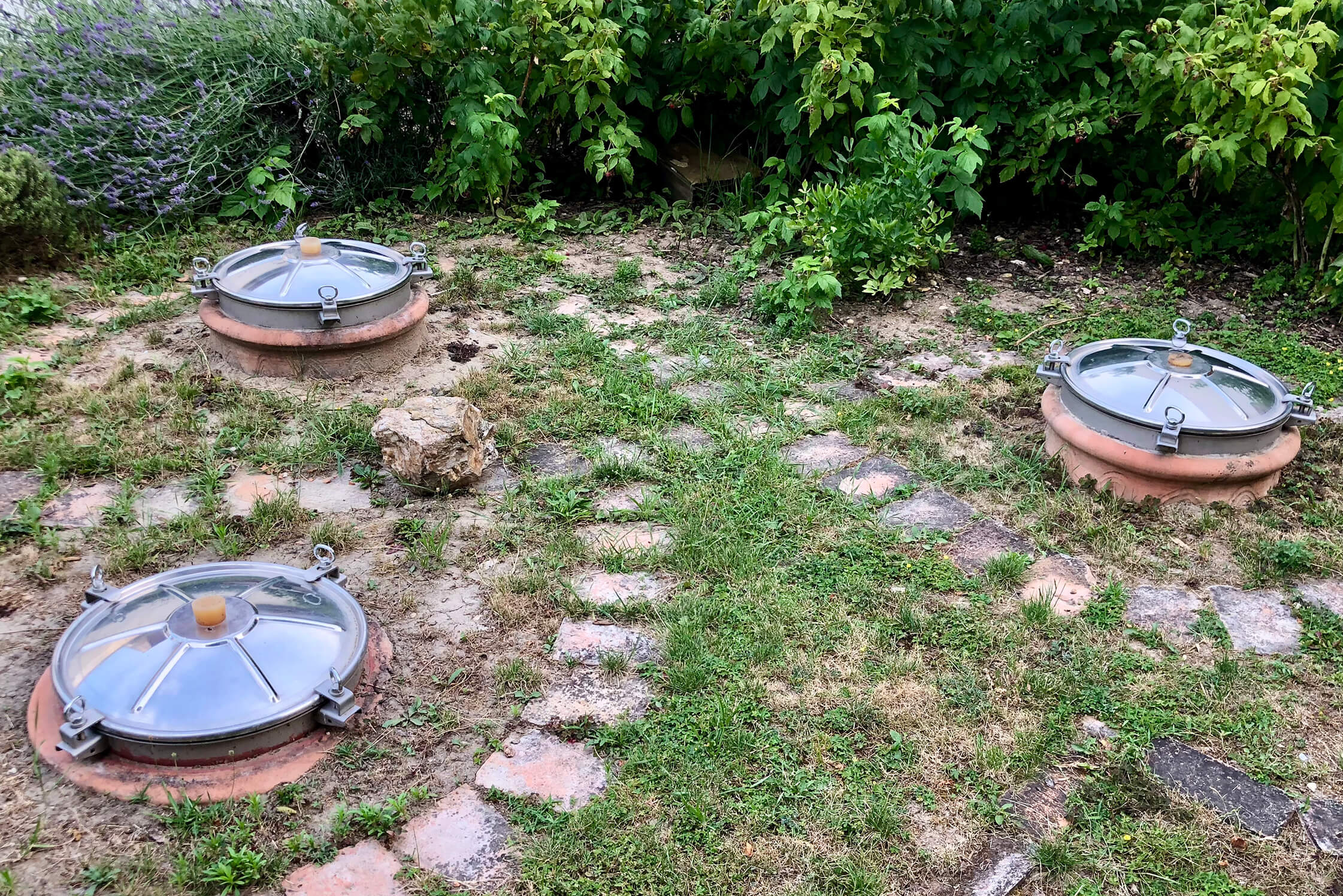
While she is most known for her Blaufrankish red wines, Birgit also has a zillion different cuvées of experimental wines mostly sold in Austria. They’re pleasurable, with solid terroir trimmings. We showed a set of them at an event just before the pandemic struck and they were a hit. It’s maybe understandable that we forgot about them while the world was falling apart, but they’re now back and even better, as she has a couple more years under her belt. We were able to secure a good quantity of these wines but we expect they won’t last long. After tasting her range of skin-fermented whites some years ago, I asked if she could make one that is easier on price, and she came through with her first bottling of the new wine, 2021 Pinot Blanc “Prinzen.” This delicious and fun wine meant for early drinking (and I don’t only mean before noon) comes from a very serious terroir buzzing with biodynamic life. It’s on the top of the Leithaberg hill, one of the most historical sites in the area, and abuts a forest that helps to regulate the temperature with cold northern winds that pass through the trees and into the vines in this relatively warm and humid area close to Lake Neusiedl, a shallow, landlocked saltwater sea (that’s also mosquito hell!). Pinot Blanc is known to have been in Burgenland since the Fourteenth Century and is grown here on limestone bedrock and clay topsoil. It’s almost too good for such an inexpensive biodynamically farmed and clean natural wine. It spends three days on the skins, pressed and then aged in steel tanks for six months. 120 cases imported to the US.
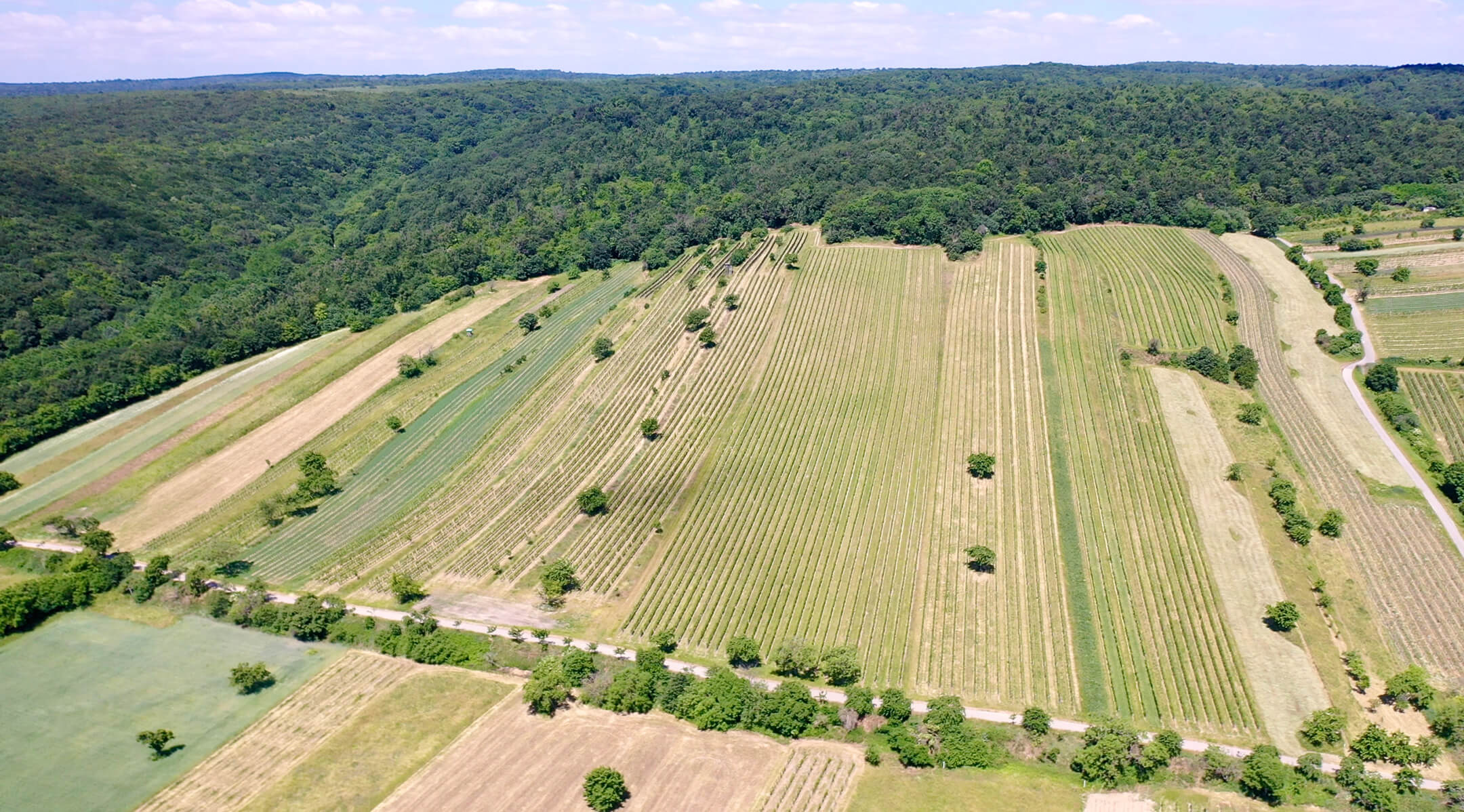
Birgit’s 2020 Pinot Blanc “Brigid” is named after the Celtic goddess of light. This is a step up in complexity compared to the Prinzen Pinot Blanc, vis-a-vis its cellar aging and what Birgit considers to be ideal for a deeply mineral wine due to its schist soil. This wine made from 42-year-old vines was skin fermented for three weeks (so seven times more than Prinzen) before being aged in old, 500l barrels. Birgit describes it as having a strong presence of flint in the nose and subtle notes of marzipan, menthol, graphite, lemon verbena, white flowers, and ground hazelnut; fully ripe and vibrant with a taut mineral structure and long finish. 35 cases imported to the US.
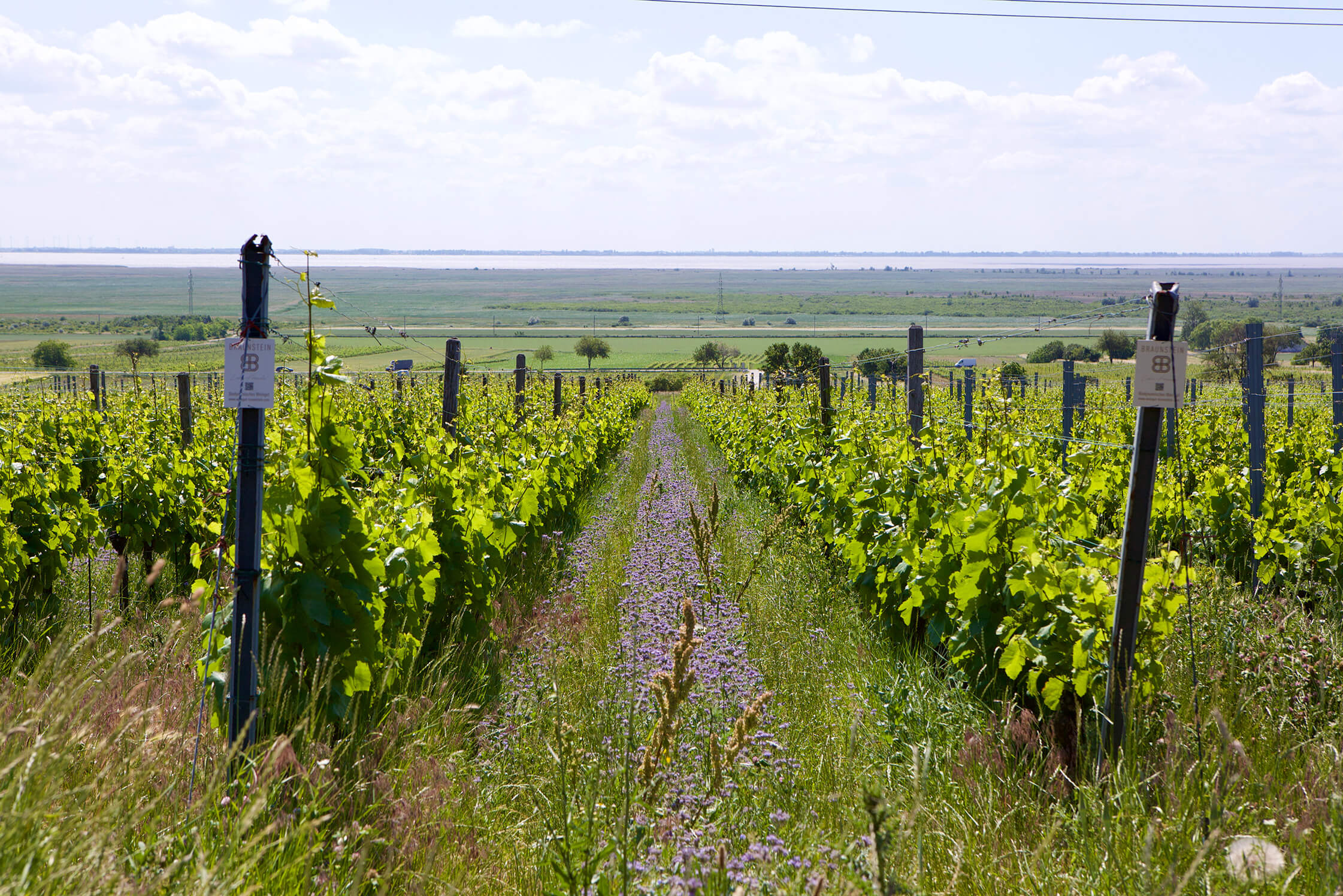
Birgit’s 2019 Sauvignon Blanc “Nimue” is skin fermented for two weeks prior to pressing, then aged in old, 500l barrels without sulfur additions until bottling. Birgit describes this wine grown on limestone as delicate elderflower, fruity extract, pure minerality, and a robust structure derived from a prolonged maceration period. Birgit named the cuvée after Nimue, “Lady of the Lake,” a ruler in Celtic mythology who gave Excalibur to Arthur from within her waters, and she was the foster mother of Lancelot and Merlin’s lover. 35 cases imported to the US.
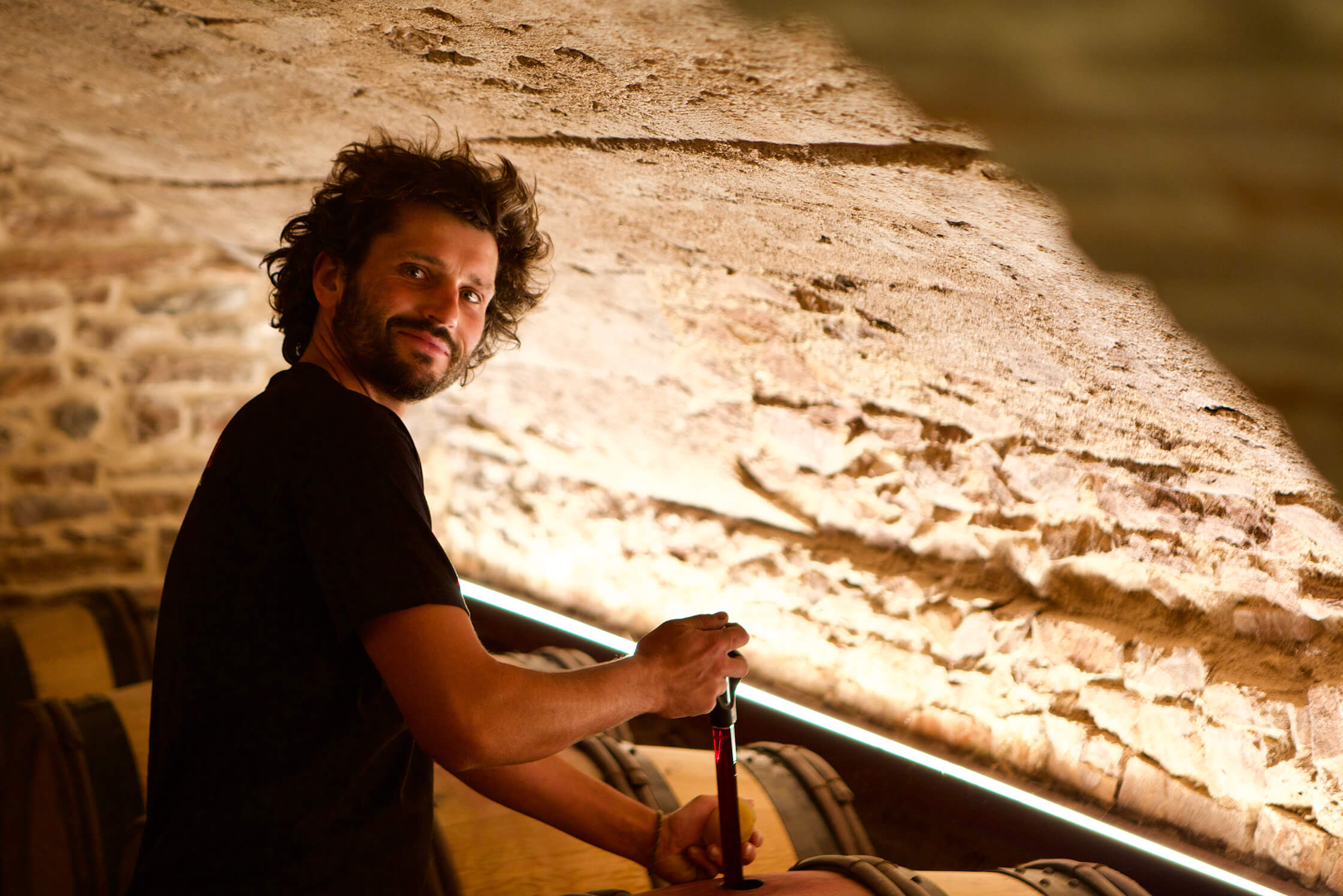
We also have some 2021 wines arriving from Domaine Chardigny. It was a soul crushing year for the Chardigny family with terrible losses on Beaujolais and even worse on Chardonnay. The battle for grape preservation began in April with a frost that killed a lot of early shoot growth, followed by a snowfall that added enough weight to the remaining tender shoots for them to break. Then there was heavy rain in July and August (more or less the same weather I experienced in Portugal during the summer) and then a dry enough final to the season to pull off healthy grapes with what was left. We spoke with Chardigny about getting behind their Chardonnay wines in a bigger way, but that will have to wait until the 2022s.
After a series of hot years (2017-2020), we are finally able to relax and swirl copious amounts of low alcohol Beaujolais—the only problem being that the quantities are so miniscule! Wouldn’t it be nice if we could just take the average alcohol in a ten-year period instead of such swings? As mentioned in all past promotions of this young group of sons in charge of their family’s winery, they are on a constant upward trajectory. The first vintage we imported from them was 2016, a tough year in itself, and the rest were warm or hot years that they managed quite well. Now with 2021, we get to see what they would’ve done with a vintage that resembles what was more common in the past.
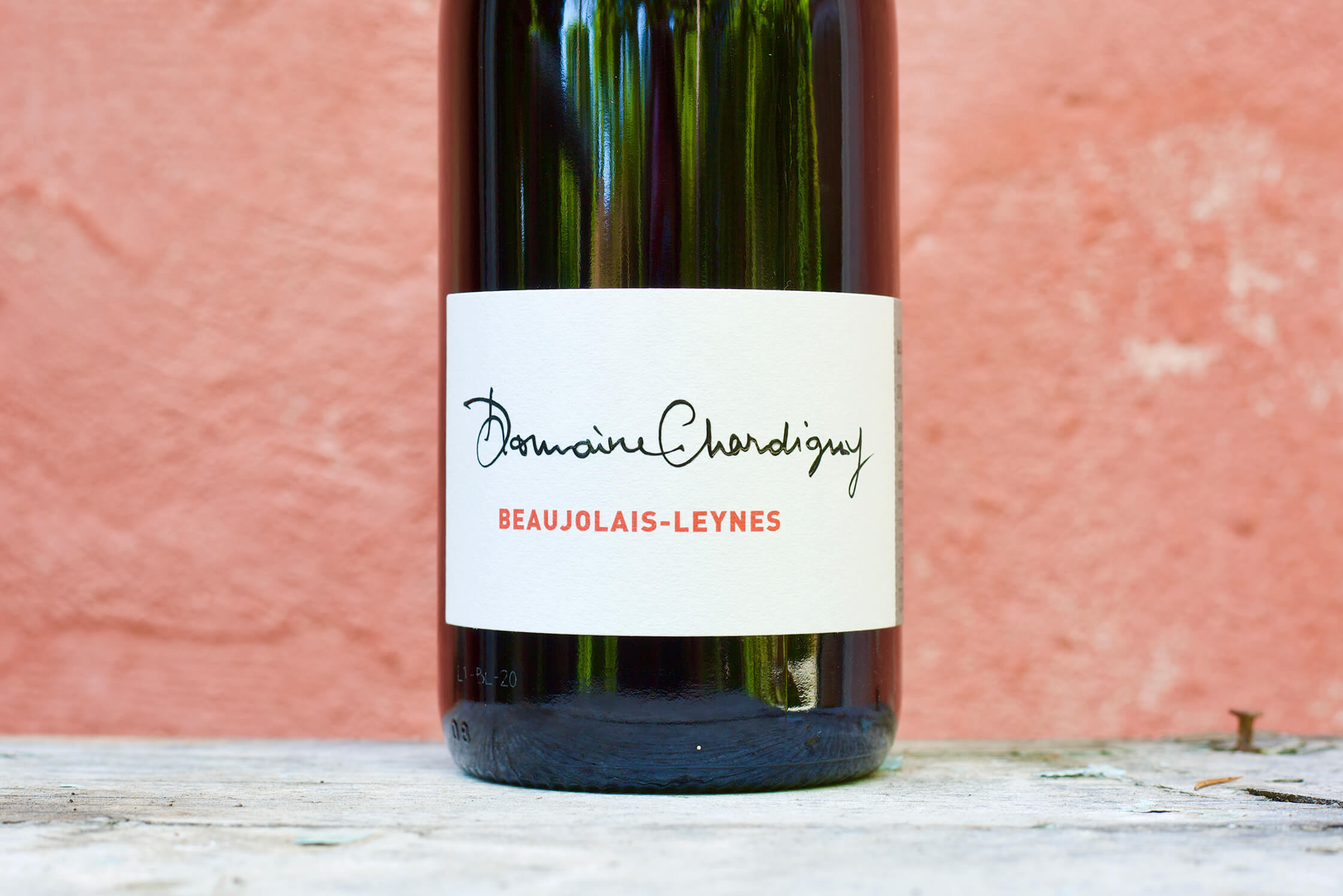
Domaine Chardigny first bottled Beaujolais-Leynes with the 2020 vintage. Named after their hometown, it’s a Beaujolais-Village appellation wine sourced from vineyards at the geological convergence between Beaujolais and Mâconnais. It’s made entirely with carbonic fermentation with 100% whole clusters in concrete and stainless steel with almost no intervention over its two-week fermentation. This wine is a reaction to the need for a more price-friendly Beaujolais, and it delivers the spirit of these young and generous guys.
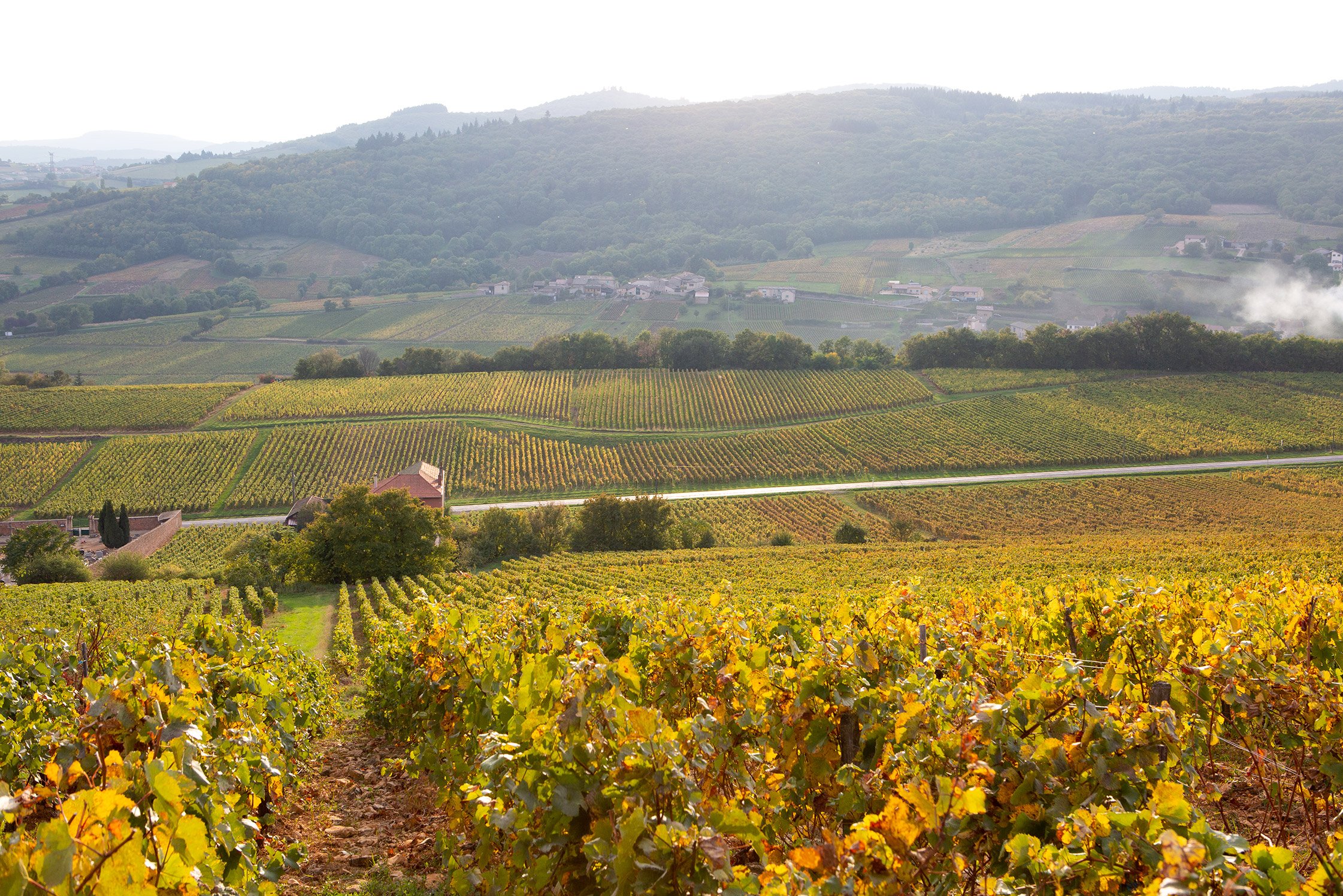
Chardigny’s 2021 Saint-Amour Clos du Chapitre continues to dazzle with its trim figure and subtler notes than its counterpart, the 2021 Saint-Amour À la Folie. À la Folie has won over so many with its unabashed, bodacious curves, middleweight texture and big but trim flavor. It was always the greater potential production between these two Saint-Amour crus and was the one on which they ran most of their experiments, with different aging vessels of concrete, stainless steel, foudre, and small oak barrels (called fûts de chêne, or simply fût, in Burgundy).The 2020s I tasted out of barrel with Victor and Pierre-Maxime were stunning. I didn’t make it back to Beaujolais to taste the 2021s out of barrel this last year, so I don’t have the comparison to it, though I already know in the bottle it’s showing beautifully and it’s certainly less full bodied.
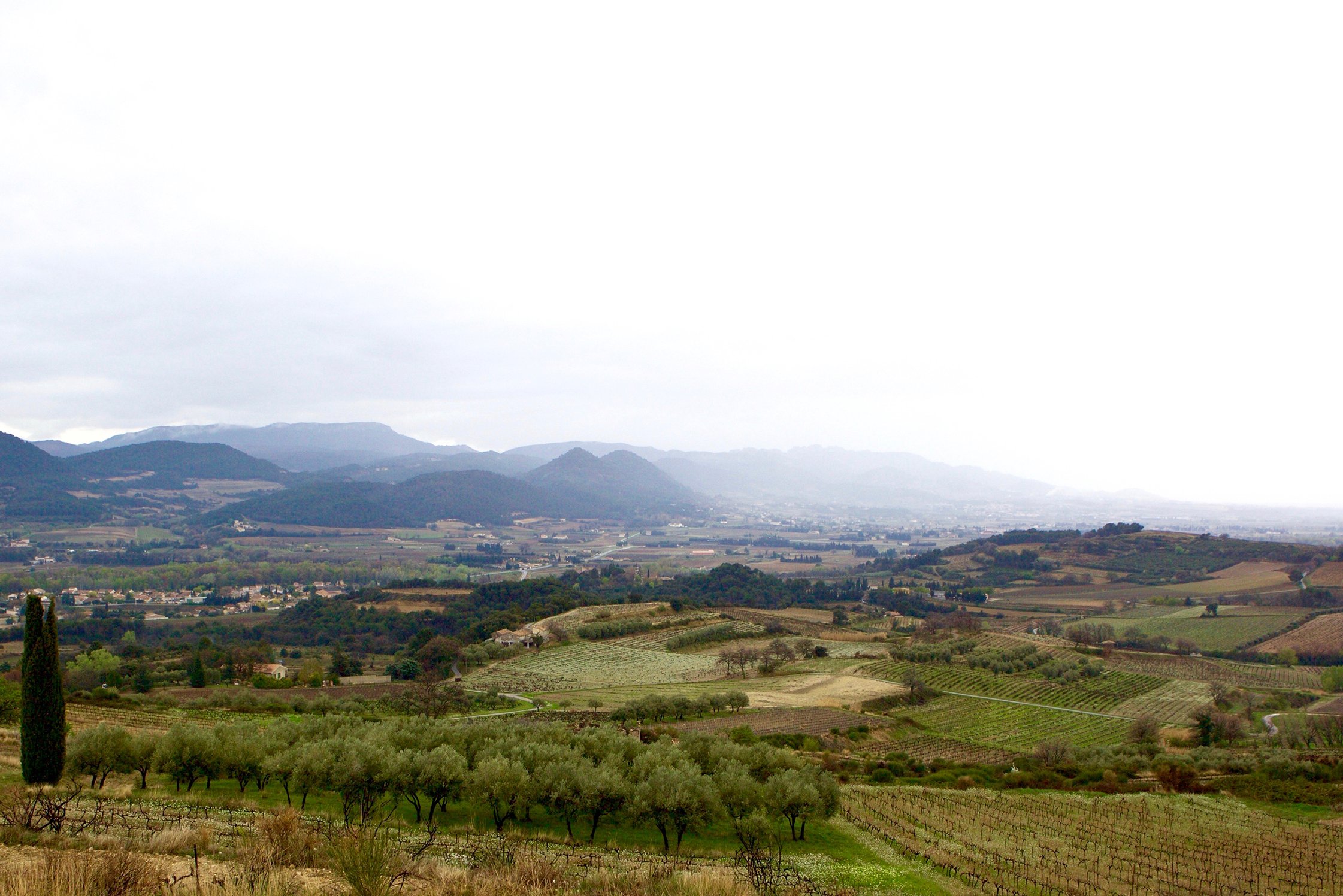
Every order we receive of Pique-Basse evaporates almost overnight. Frankly, we’re pleasantly surprised that in this low-alcohol focused market that many buyers continue to recognize that one can make a good wine with low alcohol, but in some regions, like the Southern Rhône Valley, picking when the phenolics are properly ripe leads to wines of greater depth. The reality is that many wine drinkers who can actually afford to eat out in restaurants of high quality want more classically styled wines, not only natural wines, especially in the Southern Rhône, like the wines of Pique-Basse.
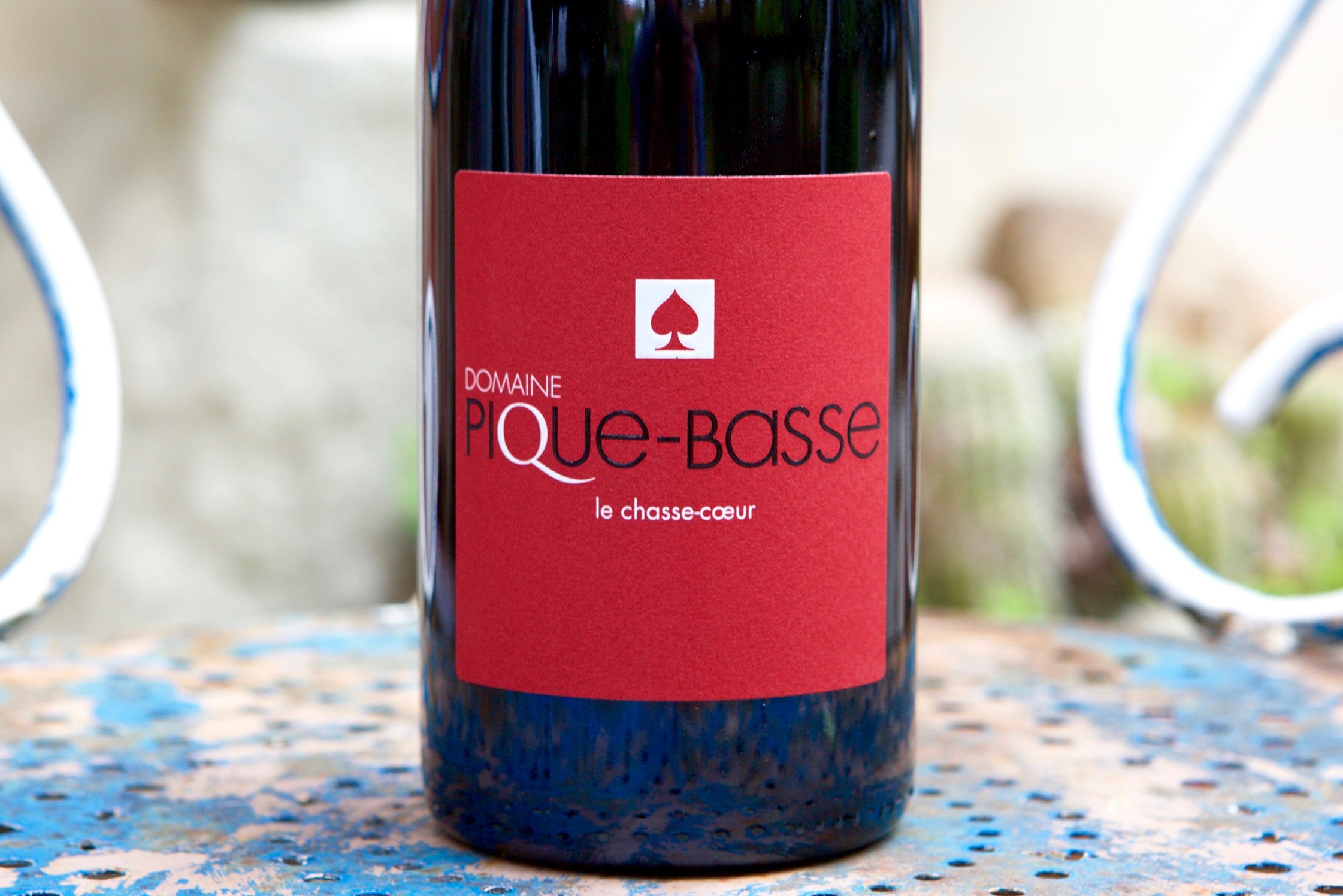
Arriving are 2021 La Brusquembille, a blend of 70% Syrah and 30% Carignan, and 2019 Le Chasse-Coeur, a blend of 80% Grenache, 10% Syrah and 10% Carignan. Syrah from the Southern Rhône Valley is often not that compelling because it can be a little weedy and lacking in the cool spice and exotic notes that come with Syrah further up into the Northern Rhône Valley. However, La Brusquembille may change your opinion, especially with the 2021, a cooler vintage with even fresher and brighter fruit than usual. Without the Carignan to add more southern charm, it might easily be mistaken for a Crozes-Hermitage from a great year above the Chassis plain up by Mercurol, where this appellation’s terraced limestone vineyards lie and are quite similar to the limestone bedrock and topsoil at the vineyards of Pique-Basse, without the loess sediments common in Mercurol. It’s not as sleek in profile because it’s still from the south, but its savory qualities and red and black fruit nuances can be a close match. Despite the alcohol degree in the 2019 hitting 14.5% (while the target is always between 13%-14%), Olivier tries to pick the grapes for Le Chasse-Coeur on the earlier side for Grenache, a grape that has a hard time reaching phenolic maturity at sugar levels comparable to grapes like Syrah or Pinot Noir, so he farms accordingly for earlier ripeness with the intention to maintain more freshness. It’s more dominated by red fruit notes than black—perhaps that’s what the bright red label is hinting at—and it’s aged in cement vats, or sometimes stainless steel if the vintage is plentiful, to preserve the tension and to avoid Grenache’s predisposition for unwanted oxidation. Both Le Chasse-Coeur and La Brusquembille offer immense value for such serious wines.


